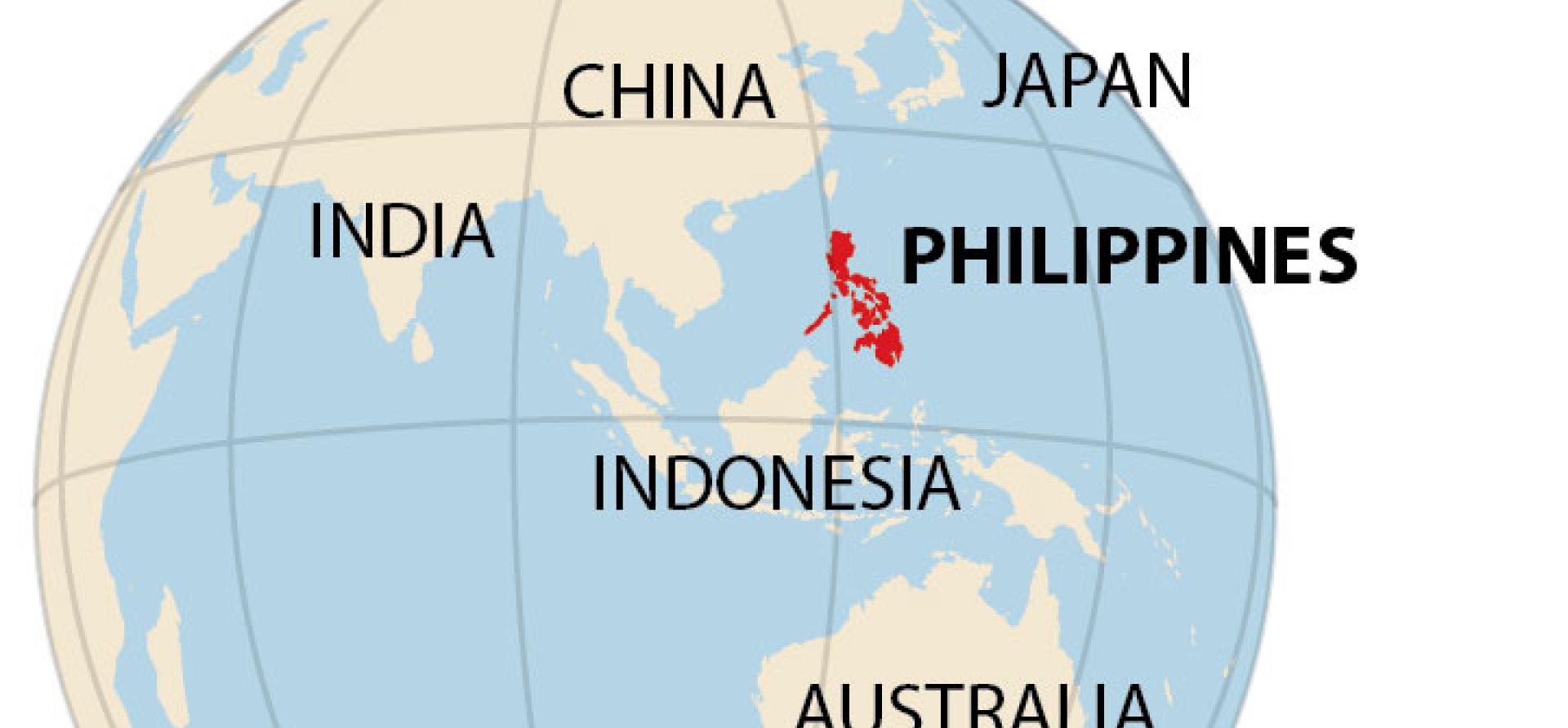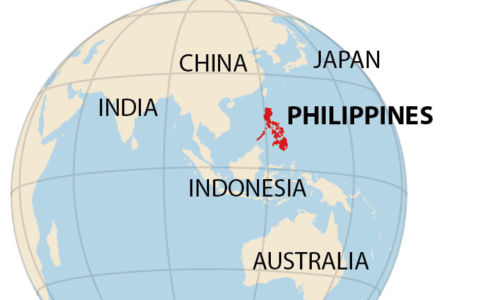IEEFA update: Is coal dying, or already dead in the Philippines?

 Yes to the first question, and a nuanced no to the second.
Yes to the first question, and a nuanced no to the second.
Philippine President Rodrigo Duterte said in his State of the Nation address last year: “We recognize the urgent need to ensure the sustainability and availability of resources, and the development of alternative ones. In this regard, I trust that [Energy Secretary Alfonso] Cusi shall fast-track the development of renewable-energy sources, and reduce dependence on traditional ones, such as coal.”
The Department of Energy (DOE) is not only aware of this growing dependence and growing grid instability as a result, but also welcomes support to help address the challenges of the rapidly developing power sector terrain.
Because of excess capacity, coal and other generators are contributing too much to the market
The DOE has determined that there is already an excess of coal plant capacity (and of other so-called base load capacity) in the grids, causing instability. It is not just coal, however, as Energy Undersecretary Felix William Fuentebella has emphasized to us, but also fossil (natural) gas and geothermal. Because of excess capacity, at current levels of demand, the coal and other generators are contributing too much to the market, displacing mid-merit and peaking plants that are more capable of balancing supply with demand.
IT IS CLEAR THAT THE POWER MARKET IS EVOLVING into one that requires more system flexibility and reliability of the network. Currently, the Luzon-Visayas grid has significant surges and drops in variable energy generation, mainly solar. It is right for the DOE to aim for sufficient flexibility to enable the absorption of more variable renewable energy (VRE).
In its New Energy Outlook 2019 report, Bloomberg New Energy Finance (BNEF) forecasted that the last coal power capacity addition to the Philippine power grid would be in 2023, likely the 1,200-megawatt Atimonan plant, if it is built at all. Moreover, coal capacity utilization would peak in 2034, resulting in a 16-percent generation share by 2050, down from 55 percent today.
The DOE values the BNEF forecasts because their reports are addressed to investors who need the best available information to be able to manage risk-return prospects, and avoid stranded costs.
Fuentebella opines that other forecasts are tainted by politics, and driven by supplier interests. For example, the International Energy Agency, which came out with a Southeast Asia Outlook, models 4 gigawatts per annum of coal installation in 2018, but final investment decisions dropped from 8 GW in 2014 to below 2 GW in 2018, and well below that in 2019.
Over 100 banks and insurers now have formal coal exit policies
Global capital is fleeing the thermal coal sector in terms of financing, insuring and investing. So far, over 100 banks and insurers/reinsurers, with assets under management or loans outstanding in excess of $10 billion, now have formal coal exit policies. Included in the exit are 40 percent of the top 40 global banks and 20 globally significant insurers. Momentum-wise, every two weeks, a bank, insurer or lender announces new restrictions on coal.
THE LENDERS OF LAST RESORT IN ASIA SEEM TO BE CHINA, JAPAN AND SOUTH KOREA, providing capital subsidies for new coal plants via their export credit agencies. This means future liability on the side of the Philippines and the public balance sheets of China, Japan and South Korea, should they be left with stranded assets.
The ultimate question is whether or not these costs should be and can be shared between ratepayers, taxpayers or investors. Before reaching this answer, the government should decide where responsibility ultimately lies in a liberalized power market while taking into account the spirit of the Electric Power Industry Reform Act of 2001, which prescribes that outcomes of wrong decisions should not be passed on to ratepayers.
Is there also a case for taxpayers and investors to share some of the burden, however small, as their contribution to climate-change mitigation—given the magnitude of climate impacts? We think so. However, the government needs to determine who is in the best position to manage or afford the burden of transition risk, and more important, whether there are other sectors where this share is taken on by ratepayers and taxpayers, or simply absorbed by investors.
Whether coal is dying or dead is immaterial; there is no “maybe” about this. Investors are fleeing the sector at an increasing rate and systematic management of this known transition risk must be undertaken with dispatch.
Sara Jane Ahmed ([email protected]) is an IEEFA energy finance analyst. Viking Logarta is energy policy advisor at the Quezon City-based Institute for Climate and Sustainable Cities.
This commentary first appeared in BusinessMirror on February 25, 2020 under the headline: Is coal dying, or dead, in the Philippines?
Related items
IEEFA Philippines: Auctions can transform the competitiveness of the power sector
IEEFA report: Philippine energy outlook reflects shifts in rules, risk, and demands for change















